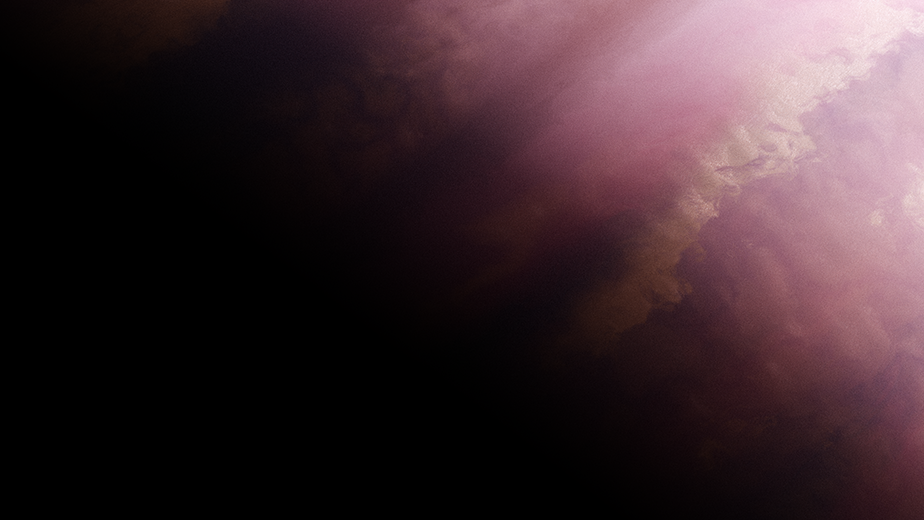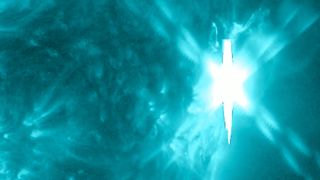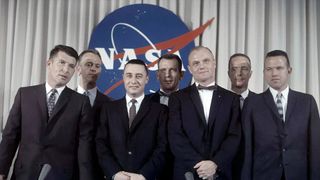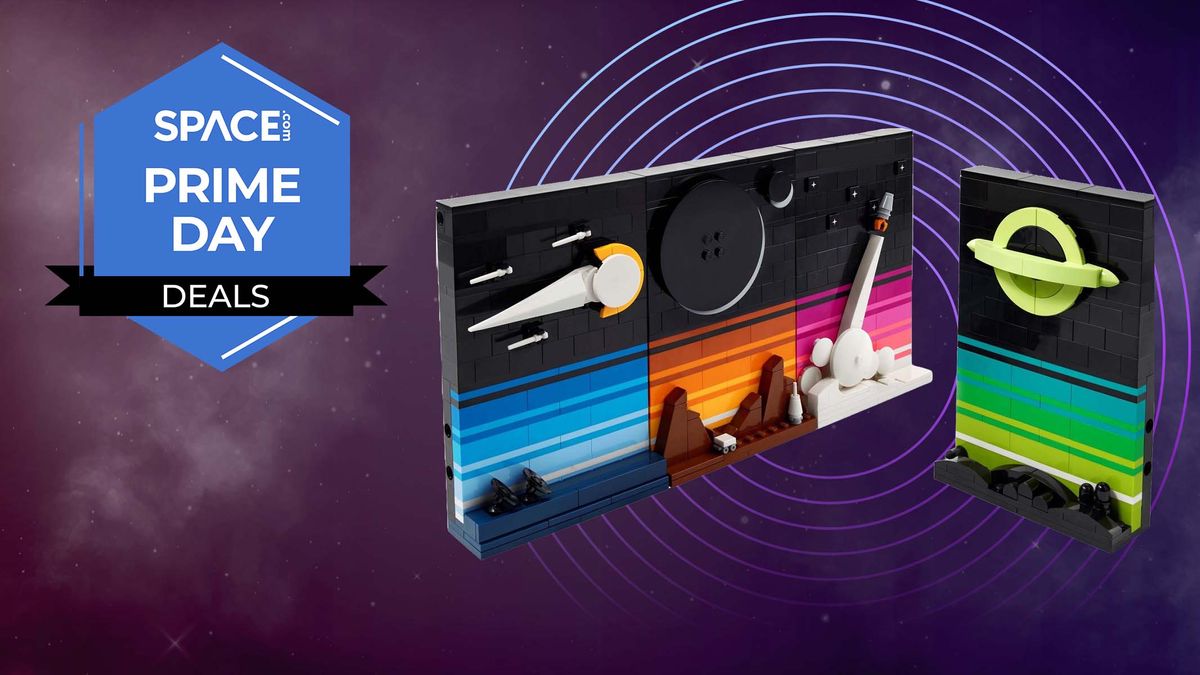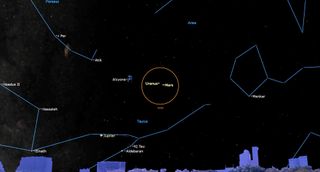What’s the James Webb Space Telescope’s favorite movie? Eternal sunshine of the exoplanet WASP-39 b, perhaps. In a new study, data from the James Webb Space Telescope reveals details of this mysterious gas giant exoplanet, which orbits a star about 700 light-years away from Earth. WASP-39 b is tidally locked to that star, which means the same side of the planet always faces its star. In other words, half of the planet experiences perpetual day, and the other experiences perpetual night. But the dividing line isn’t black and white — there’s a…
Read MoreCategory: The Moon
Our moon
These durable Celestron Nature DX 12×56 binoculars have dipped below $200 at Amazon
In our hands-on Celestron Nature DX 12×56 review a few years ago, we gave these attractive-looking binoculars 4.5 stars out of 5. We still think they deserve their place in our best binoculars guide, where they proudly sit as the best binoculars for affordable stargazing. The well-respected Celestron Nature DX 12×56 binos have dipped below $200 when you apply the extra $15 discount at checkout. They are rubber-armored, fog-proof, and waterproof, so they are perfect for outdoor use. You need not worry if you are caught out in inclement weather…
Read MoreThis nerve-rattling ‘Alien: Romulus’ trailer reminds us that ‘fear is bigger in IMAX’ (video)
Alien: Romulus I Bigger – YouTube Watch On The birth of director Fede Álvarez’ “Alien: Romulus” feature is inching ever closer to its Aug. 16, 2024 release date, and 20th Century Studios wants to ensure you’re all aware of your opportunity to watch this bloody sci-fi horror unfold on the massive canvas of an immense IMAX screen in this latest promotional teaser. Working closely with acclaimed director Ridley Scott on this interstellar fright fest set within the “Alien” universe as the seventh official installment, Álvarez (“Evil Dead,” “Don’t Breathe”) injected…
Read MoreSun blasts out 2nd X-class flare this week, triggers more radio blackouts (video)
The sun continues firing off solar flares during what has been a period of intense activity. Sunspot AR3738 might be making its exit as it rotates out of our view on the sun’s western limb, but not before firing off a powerful X-class solar flare, the strongest of its kind. The solar flare from sunspot AR3738 occurred Tuesday morning (July 16) at 9:26 a.m. EDT (1326 GMT). A shortwave radio blackout in conjunction with the latest event was reported over mostly the Atlantic Ocean and also noted across much of Africa, Europe, and…
Read MoreA new, deadly era of space junk is dawning, and no one is ready
Originally published at Scientific American. Samantha Lawler is an assistant professor of Astronomy at the University of Regina. The e-mail arrived, like a bolt from blue, on the otherwise typical Thursday afternoon of May 9. The message was from a journalist, asking me, an astronomer, for an interview about a farmer who had reportedly found space junk while prepping his fields for springtime seeding, just an hour’s drive from my home in Saskatchewan. “Yeah, right,” I said to myself as I tapped out my affirmative reply. The odds are already…
Read MoreDrone racing is helping train AI to autonomously drive spacecraft
We’re off to the races! The AI-driven drone races, that is. The European Space Agency’s (ESA) Advanced Concepts Team (ACT) has partnered with the Delft University of Technology’s (TU Delft) Micro Air Vehicle Laboratory in the Netherlands to train neural-network artificial intelligence systems to race drones. Ultimately, this program will test AI’s ability to handle complicated maneuvers, which could then be implemented on future space missions. (There’s a Star Wars pod racing joke in here somewhere.) Neural networks in AI mimic human brains in the way they pass along information…
Read More‘Meatball’ milestone: NASA’s original logo still soars after 65 years
One of the world’s best known — and certainly most-traveled — logos is 65 years old. Since its announcement on July 15, 1959, the insignia representing NASA, or the National Aeronautics and Space Administration, has adorned both t-shirts and spacesuits, been reproduced as large as 10 stories tall and reached the surfaces of both the moon and Mars. The red, white and blue logo is NASA’s oldest official identifier, even predating the agency’s formal seal. Designed by James Modarelli, the then-head of the research reports division at NASA’s Lewis Research…
Read MoreSave $30 on this magnificent Lego Ideas Tales of the Space Age lo-fi sci-fi set
This Prime Day Lego deal offers a 40% discount on a set that appeals to nostalgia lovers and futurists. Lego Ideas Tales of the Space Age set is a set of four buildable Lego ‘postcards’, depicting scenes inspired by the science fiction of the 70s and 80s. From a lander approaching a moon base through to a black hole opening above a planet, these sets can be displayed individually or as one scene.You can get the Lego Ideas Tales of the Space Age set on sale at Amazon for $39.99.…
Read MoreScientists call the region of space influenced by the sun the heliosphere – but without an interstellar probe, they don’t know much about its shape
This article was originally published at The Conversation. The publication contributed the article to Space.com’s Expert Voices: Op-Ed & Insights. Sarah Spitzer is a research fellow in Climate and Space Sciences and Engineering at the University of Michigan. The sun warms the Earth, making it habitable for people and animals. But that’s not all it does, and it affects a much larger area of space. The heliosphere, the area of space influenced by the sun, is over a hundred times larger than the distance from the sun to the Earth. The sun is a…
Read MoreStargazing with the naked eye: What you can see this week July 15 – 21
If you want to enjoy the night sky, all you need is curiosity, patience and good weather. A good telescope or pair of binoculars will help you see some of the night sky’s fainter objects. However, the unaided eye is enough to learn its stars and constellations, watch the moon, experience meteor showers and see satellites whizz across the night sky. Read on to find out what you can see in the night sky this week without any equipment, from the moon close to planets and bright stars to catching…
Read More